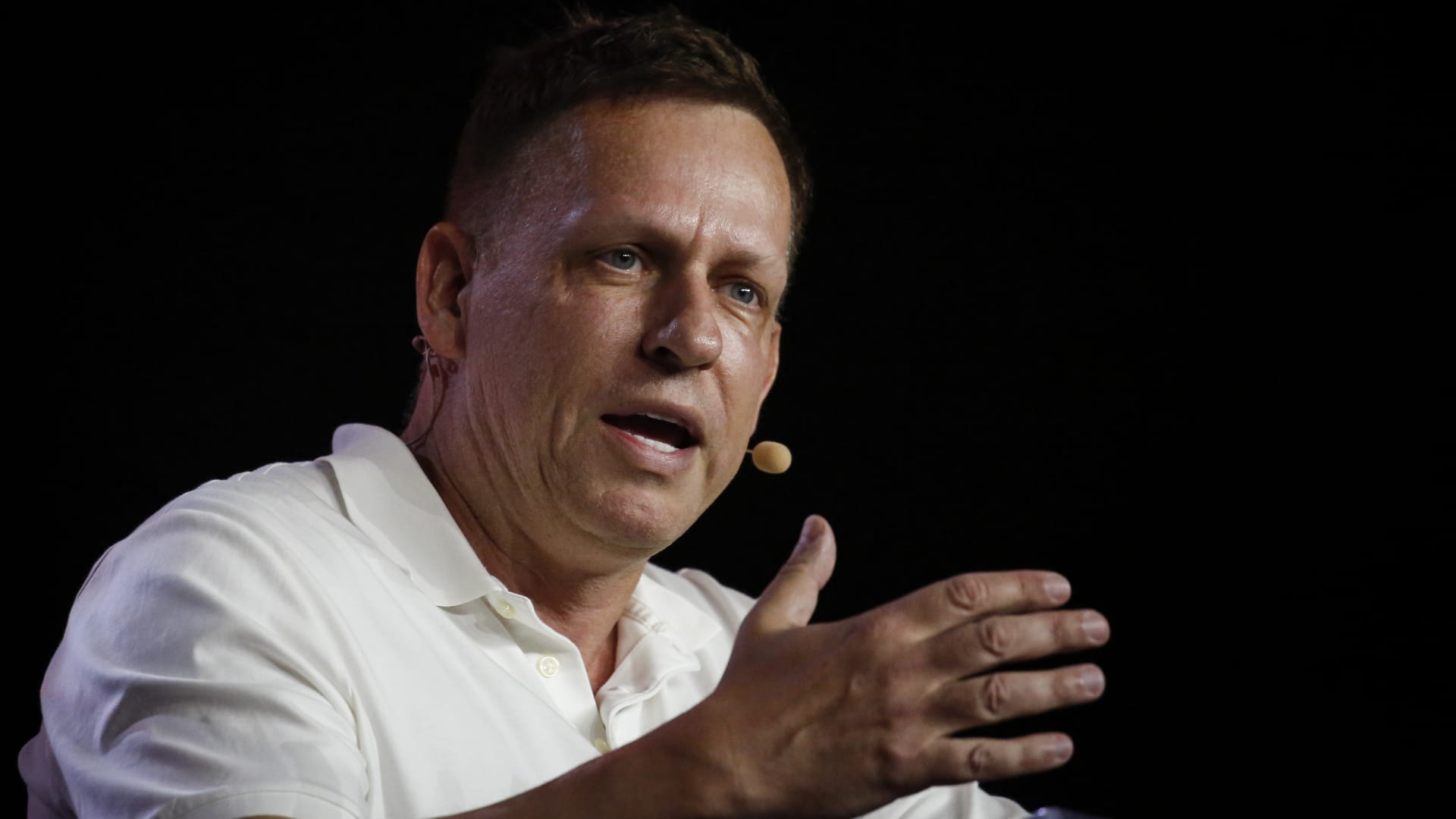The future of Peter Thiel’s luxury lodge on New Zealand’s South Island hangs in the balance after a senior planner for the local council said the tech billionaire’s development should be rejected on environmental grounds.
In a 978-page report published Monday, Sarah Gathercole, a senior planner for Queenstown Lakes District Council, recommended that planning permission be refused as the lodge will have “adverse effects” on the landscape’s quality and character.
“These adverse effects cannot be appropriately mitigated,” she said. “Whilst some positive effects will result from the proposal, I consider it does not constitute a positive (enough) effect on the environment to entirely offset or compensate for the adverse effects on the environment.”
Plans for the complex, published by the council last September, show several buildings on the shores of the picturesque Lake Wanaka. The town of Wanaka is home to just over 10,000 people and is surrounded by sites that were used to film the “Lord of the Rings,” a movie trilogy that Thiel is known to be particularly fond of.
The images in the plans, designed by Tokyo Olympic Stadium architect Kengo Kuma and Associates, show a private residential building built into a hillside as well as a larger luxury lodge with enough space for 24 people. There’s also a separate meditation pod, several water features and a back-of-house building.
The so-called owner’s cabin has a spa, a pool, theater lounge, office and three bedrooms, while the guest cabin has its own spa and pool, as well as a library, and 10 guest bedrooms with uninterrupted north-facing views toward Lake Wanaka and the Southern Alps.
Kengo Kuma and Associates said the objective was to “design an organic architecture that fuses into the landscape” and respects the indigenous nature.
But Gathercole said that the proposal is “of a scale well in excess of what could be reasonably anticipated within the rural zone and an outstanding natural landscape.”
Three environmental groups opposed the plans while a further three sought changes to them.
Julian Haworth, secretary of the Upper Clutha Environmental Society, which opposed the plans, told CNBC last year the lodge would be “highly visible” from trails in the area and Lake Wanaka itself.
“The buildings proposed spread laterally across the landscape for 330 meters and will be highly visible from the Te Araroa track and from Lake Wanaka, both commonly frequented public viewpoints,” he said. “The society has no problem with the applicant building a large but carefully located residence on the site but the scale of development proposed is outrageous.”
A representative for Thiel, who co-founded PayPal and Palantir and backed Donald Trump’s 2016 presidential campaign, did not immediately respond to a CNBC request for comment.
Thiel’s love for New Zealand
Thiel, an early investor in Facebook and a friend of Elon Musk’s, bought the estate in 2015 for a reported $13.5 million through an Auckland-headquartered company he owns called Second Star Limited.
In 2017, it emerged that Thiel had been granted citizenship by the New Zealand government. It led to a public backlash from local citizens, who accused him of quietly buying citizenship.
Located in relative isolation away from the largest population centers of the world, New Zealand has become a popular destination with high net-worth individuals in recent years. Billionaire Google co-founder Larry Page was granted residency at the start of last year.
Home to around 5 million people, the country has become synonymous with “preppers” — those who try to prepare for catastrophic events that may pose a threat to humanity. Today, there’s even a website dedicated to people wanting to prep their families for “survival” in New Zealand.
Reports had suggested that Thiel was planning to build some sort of apocalypse-proof bunker on his 193 hectare (477-acre) estate in Wanaka, which is currently used as a working farm. While some of the buildings appear to be built into hillsides, it’s unclear if any of them are intended to serve as a bunker.
